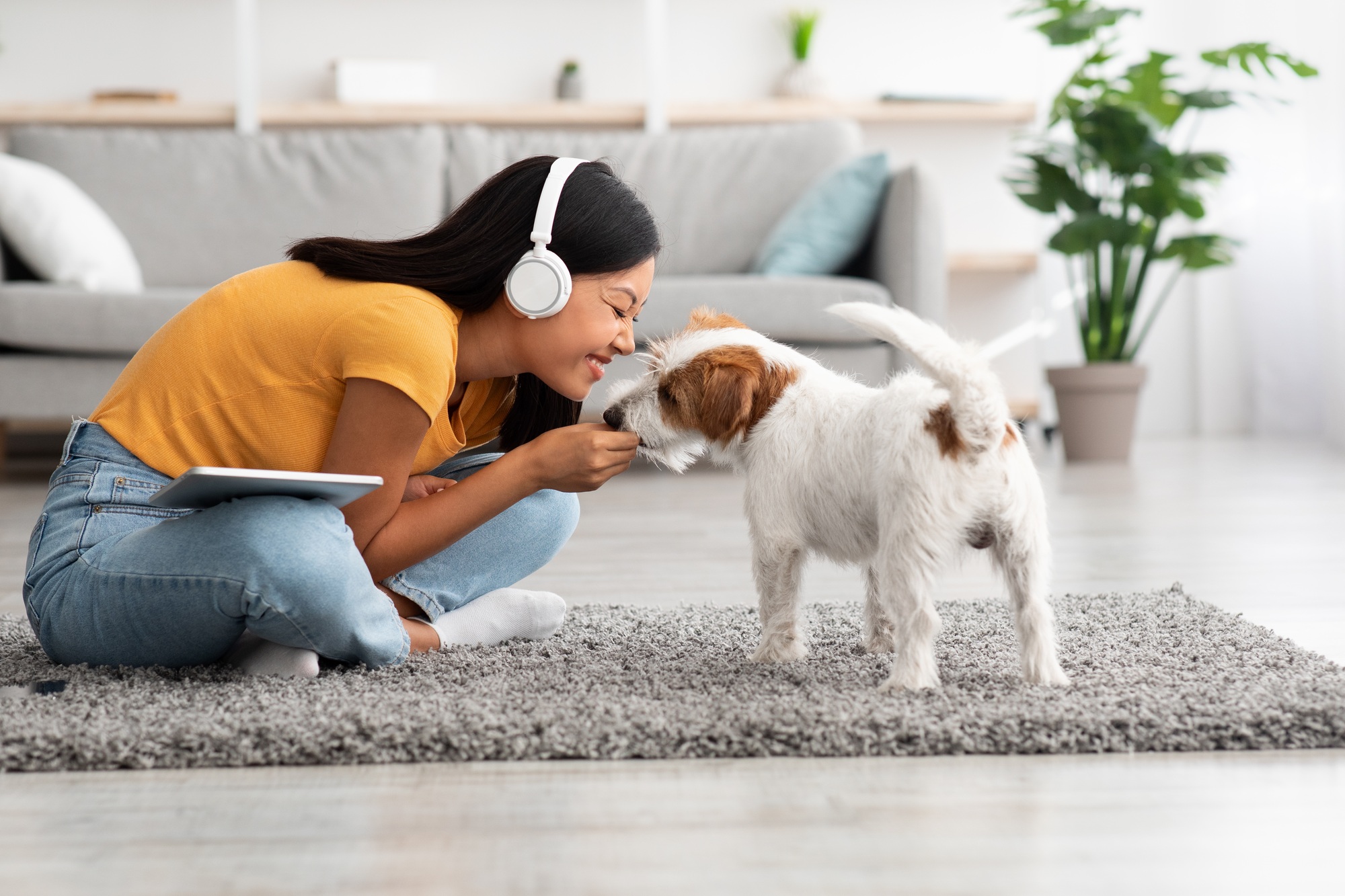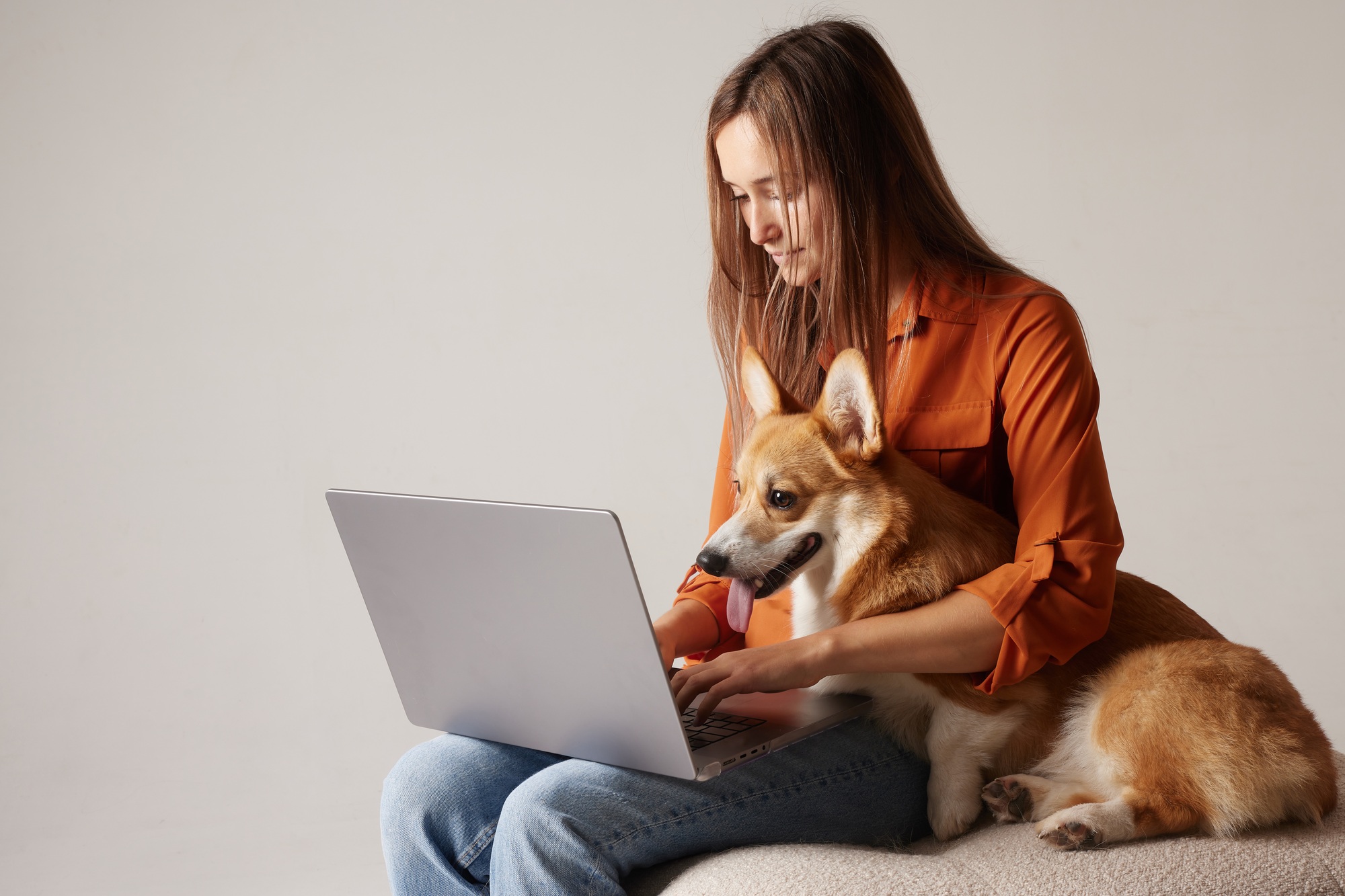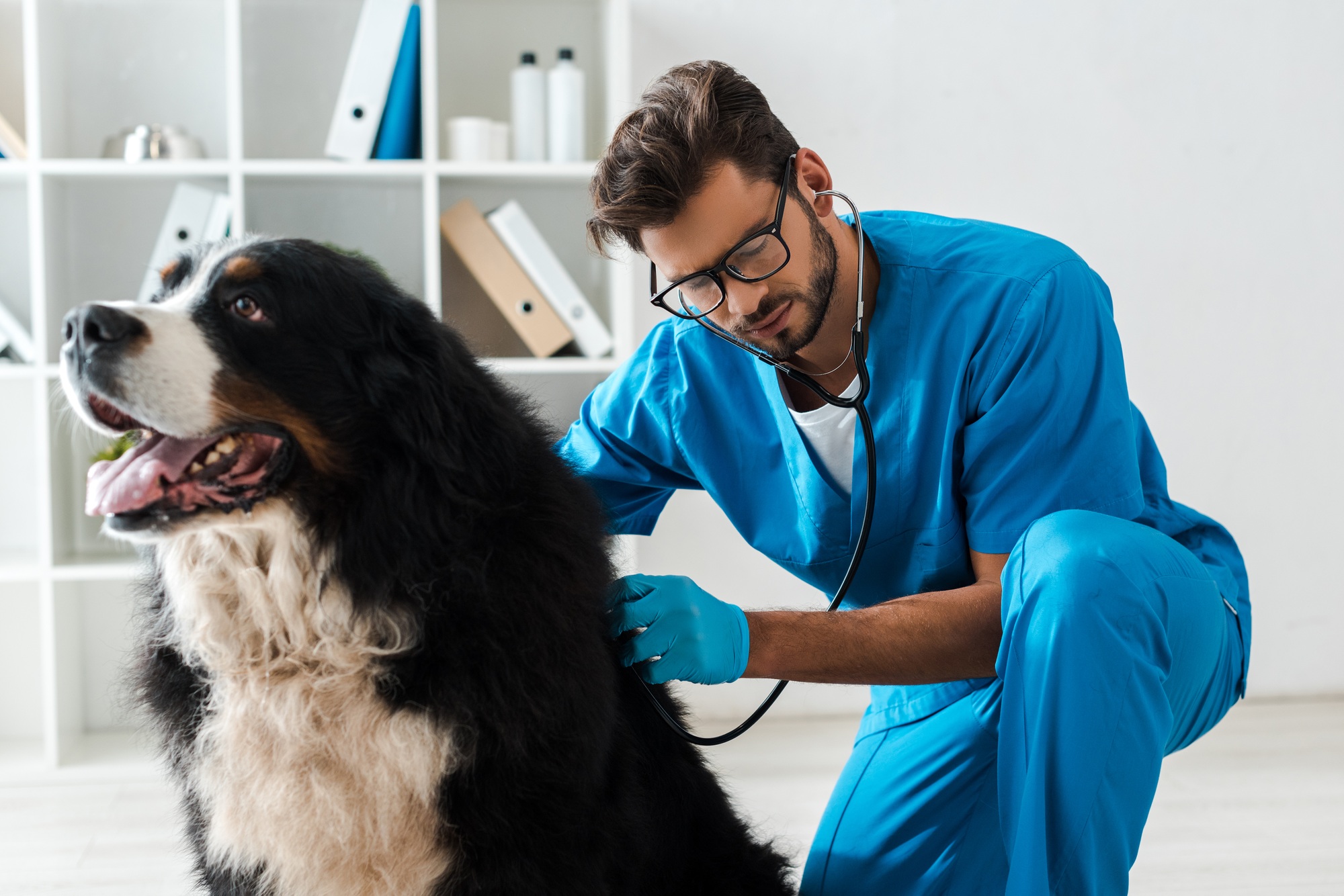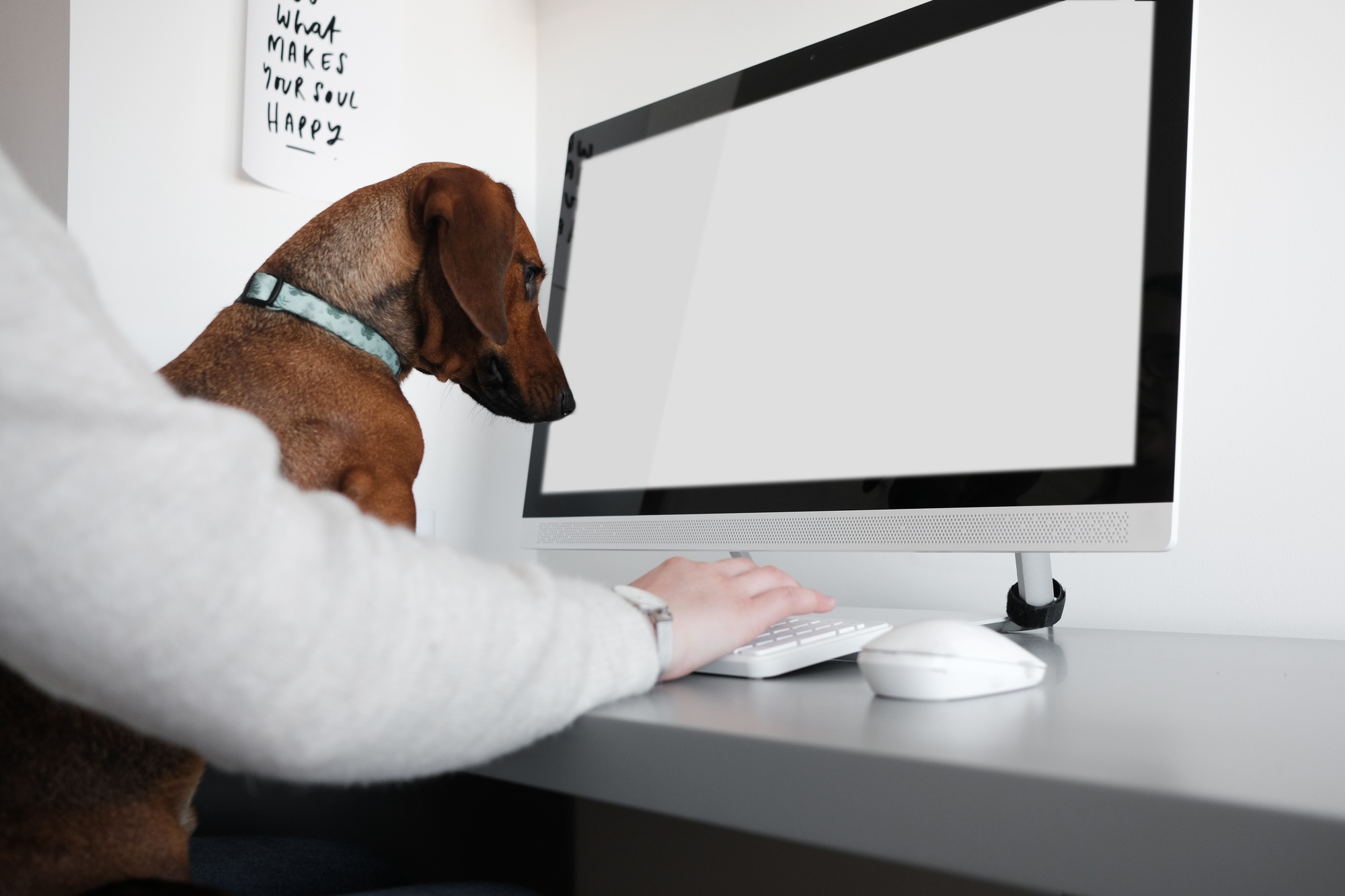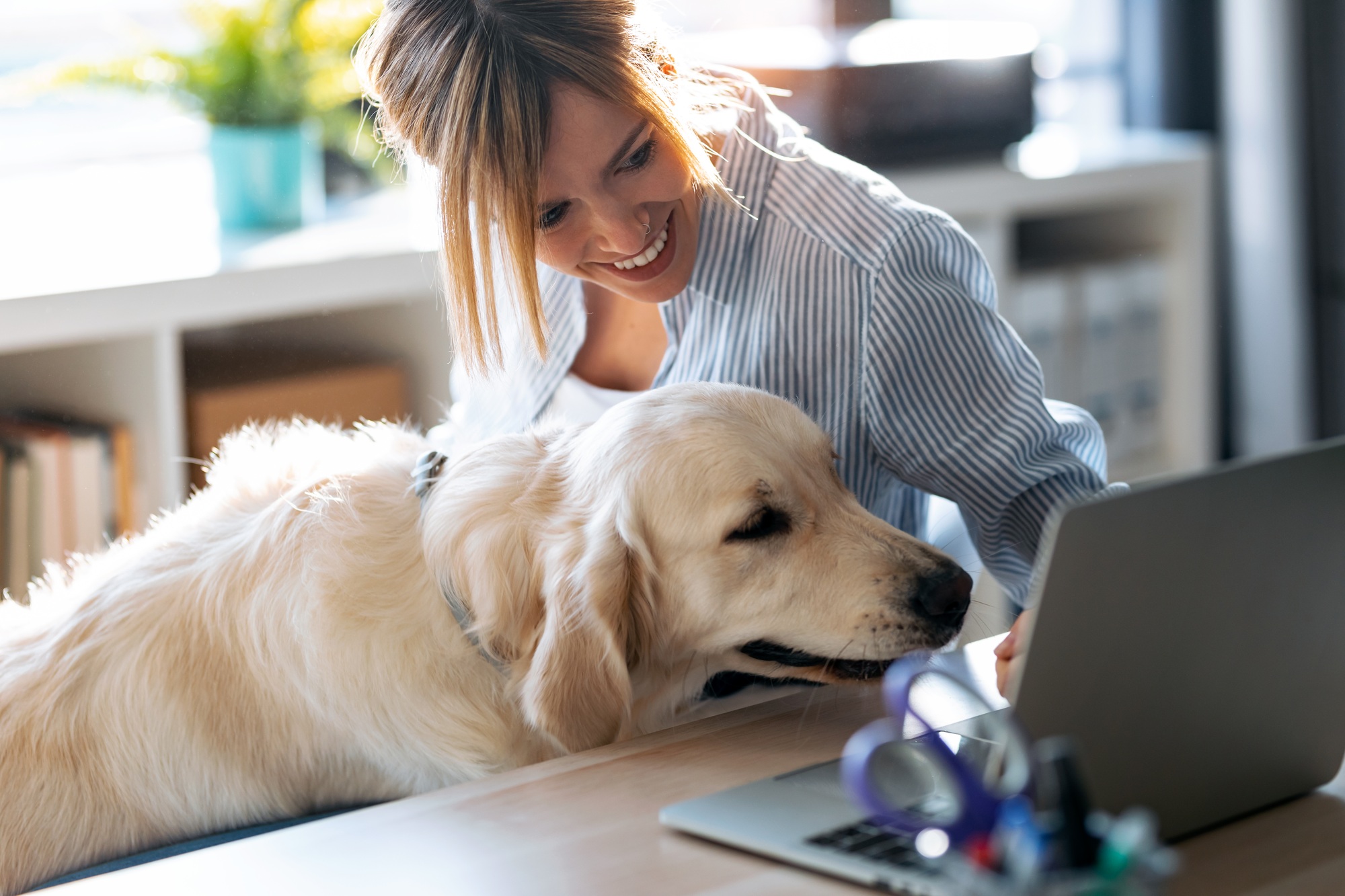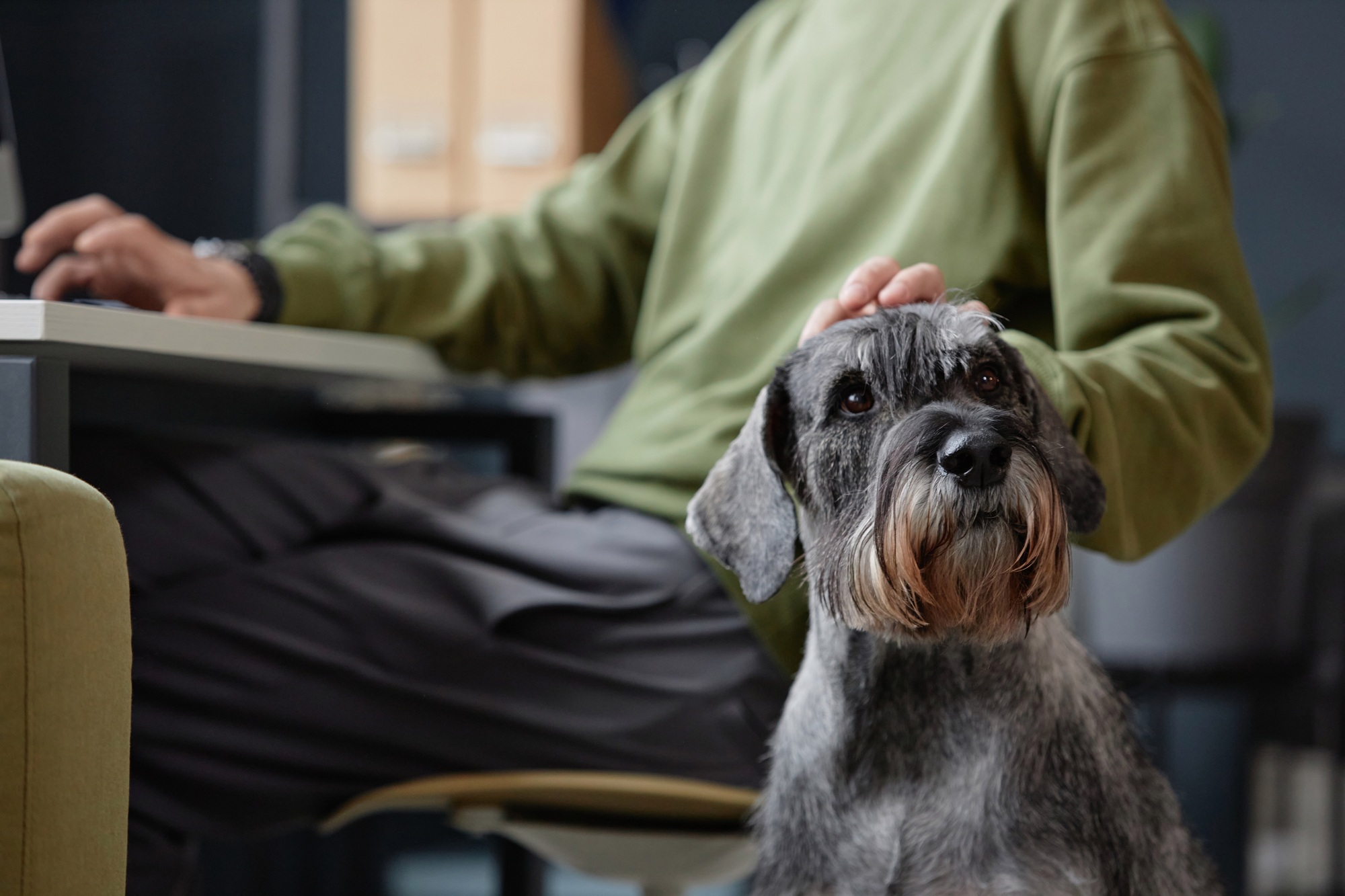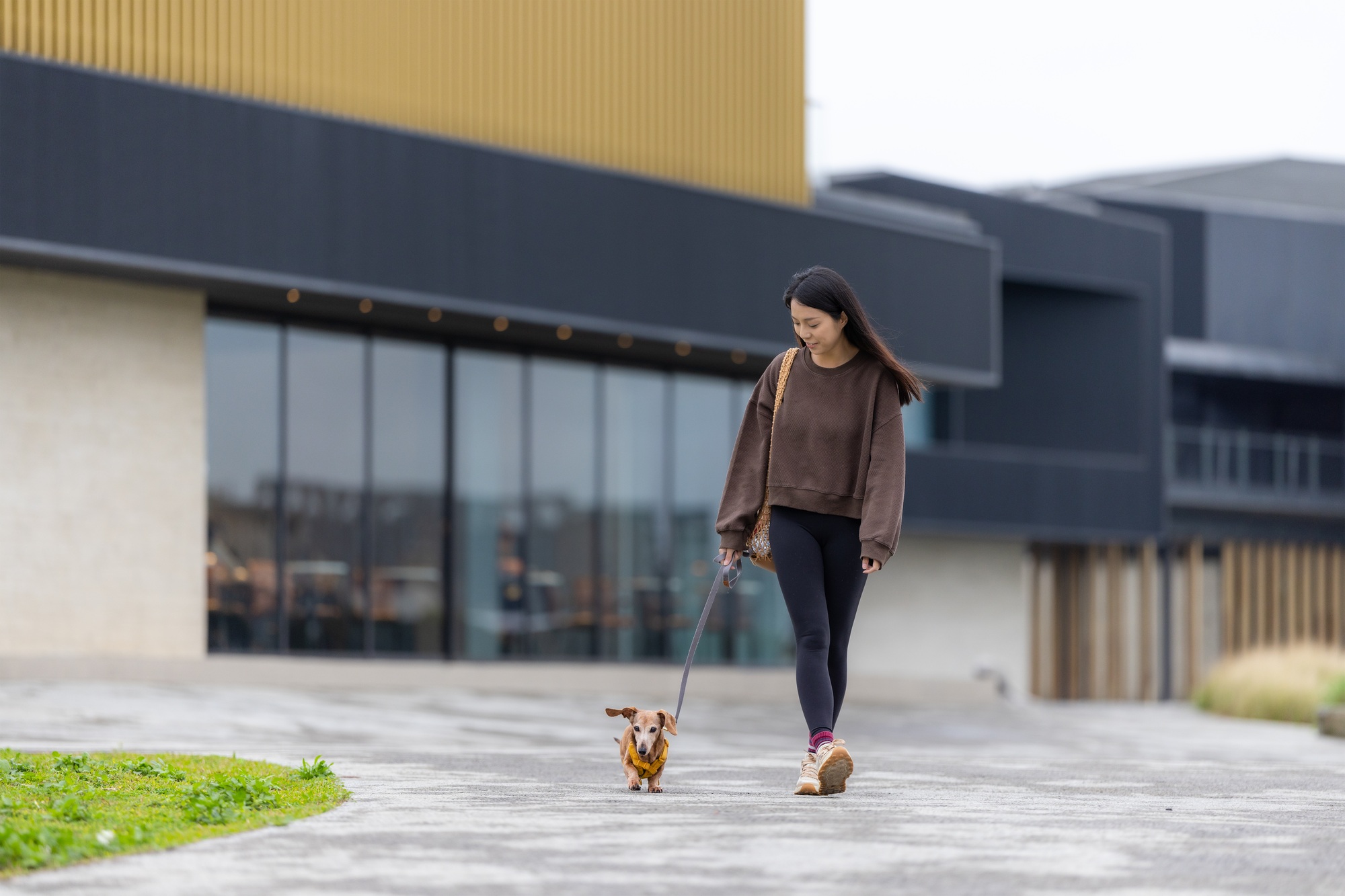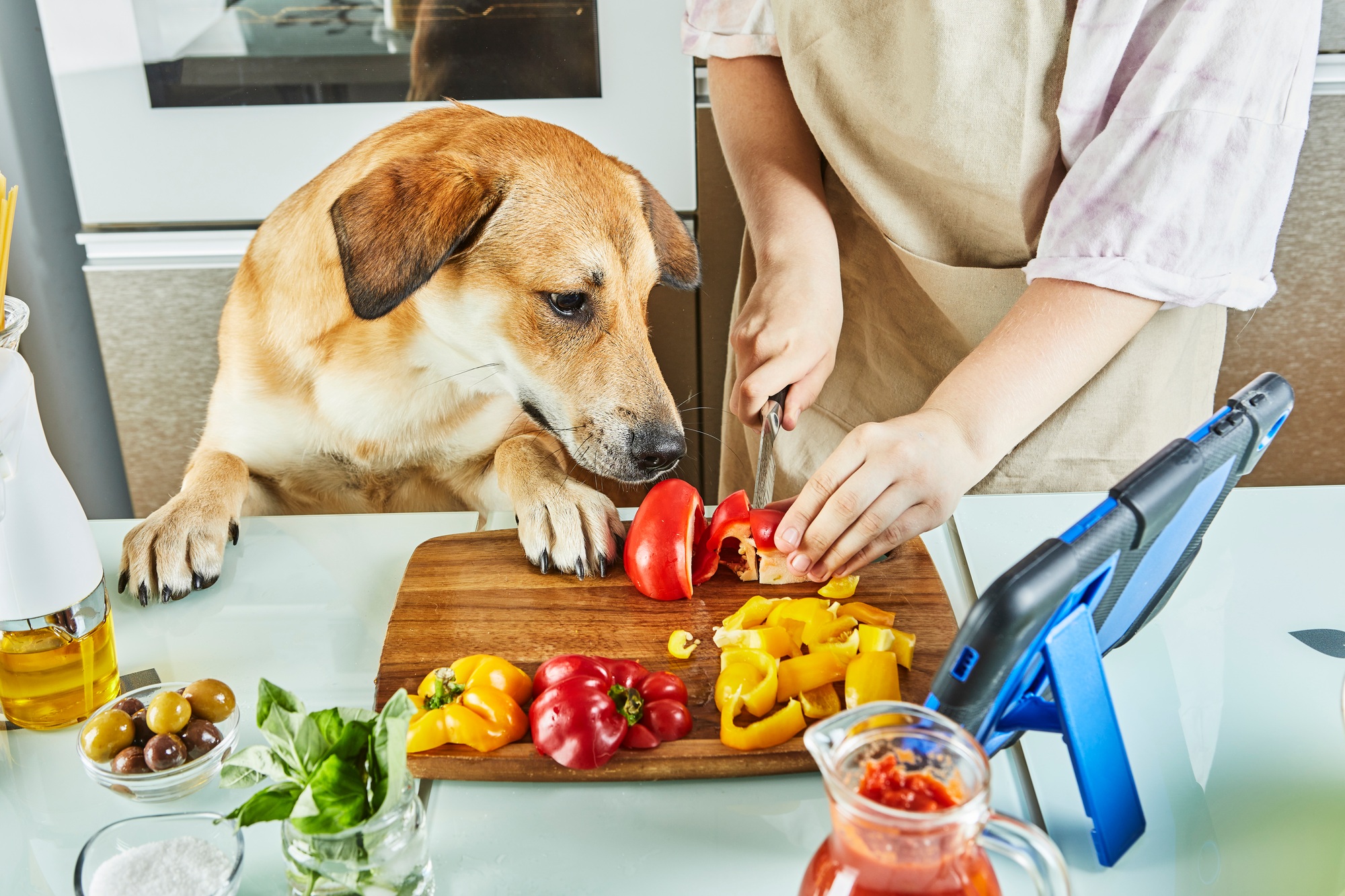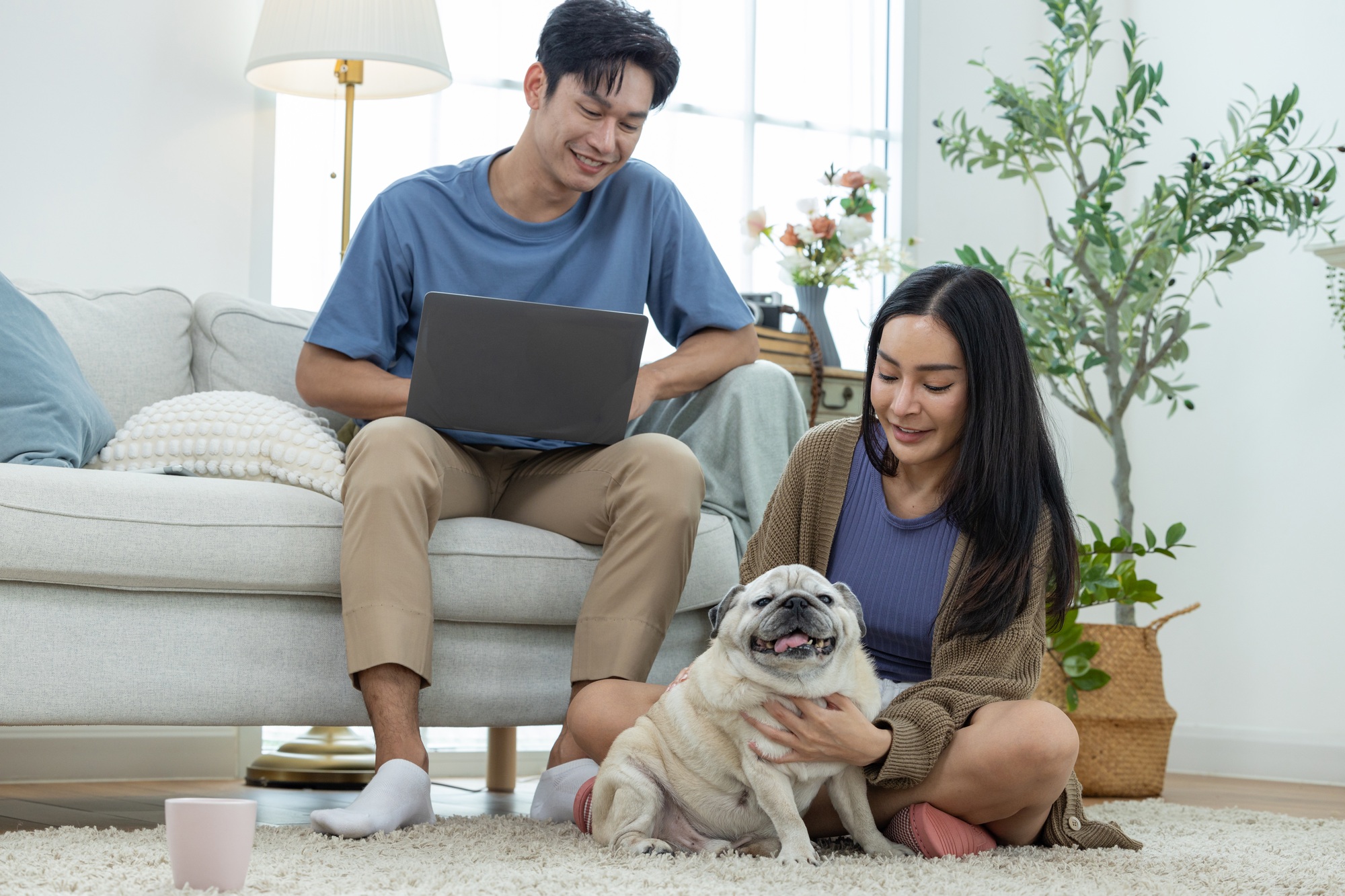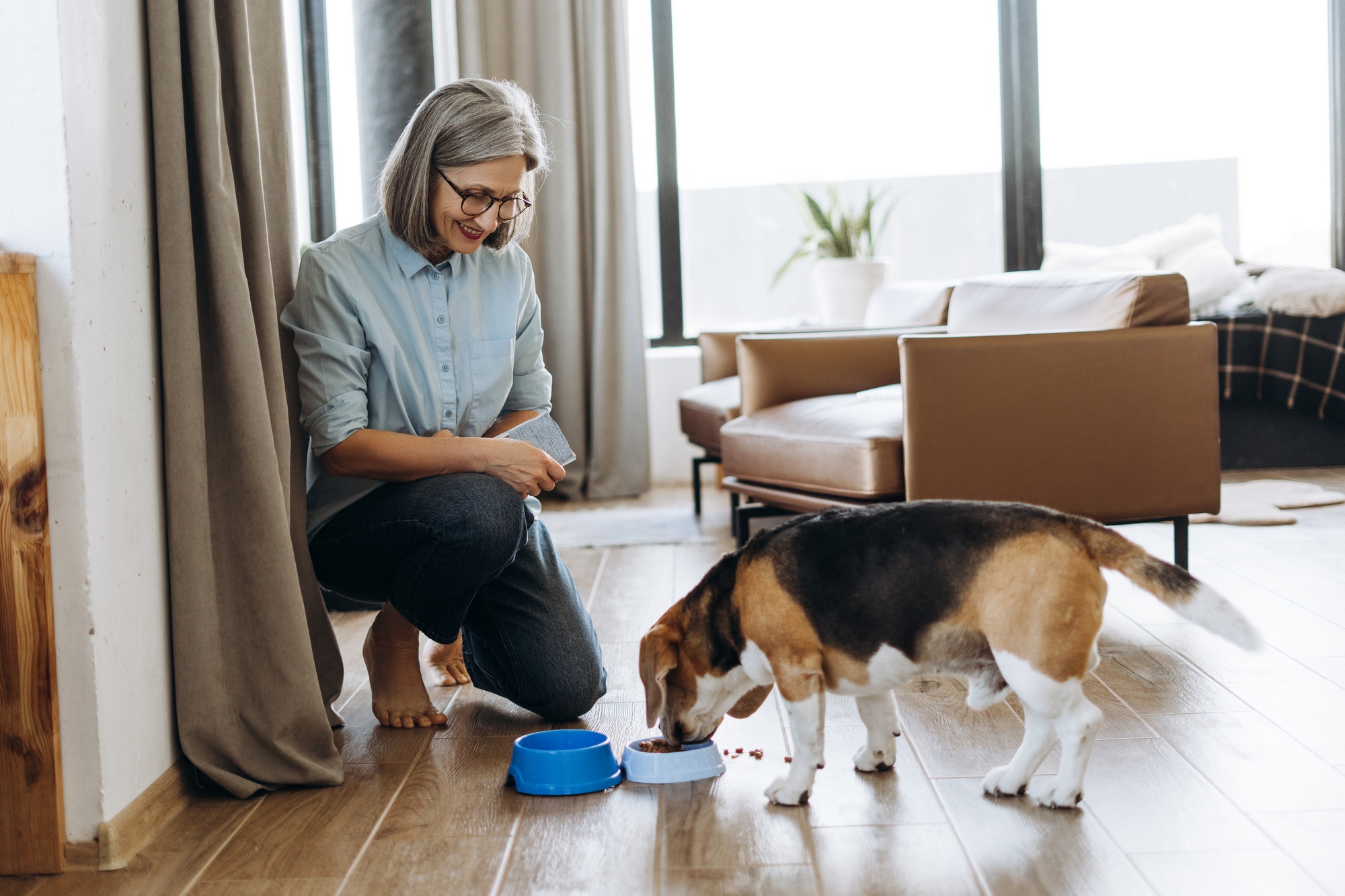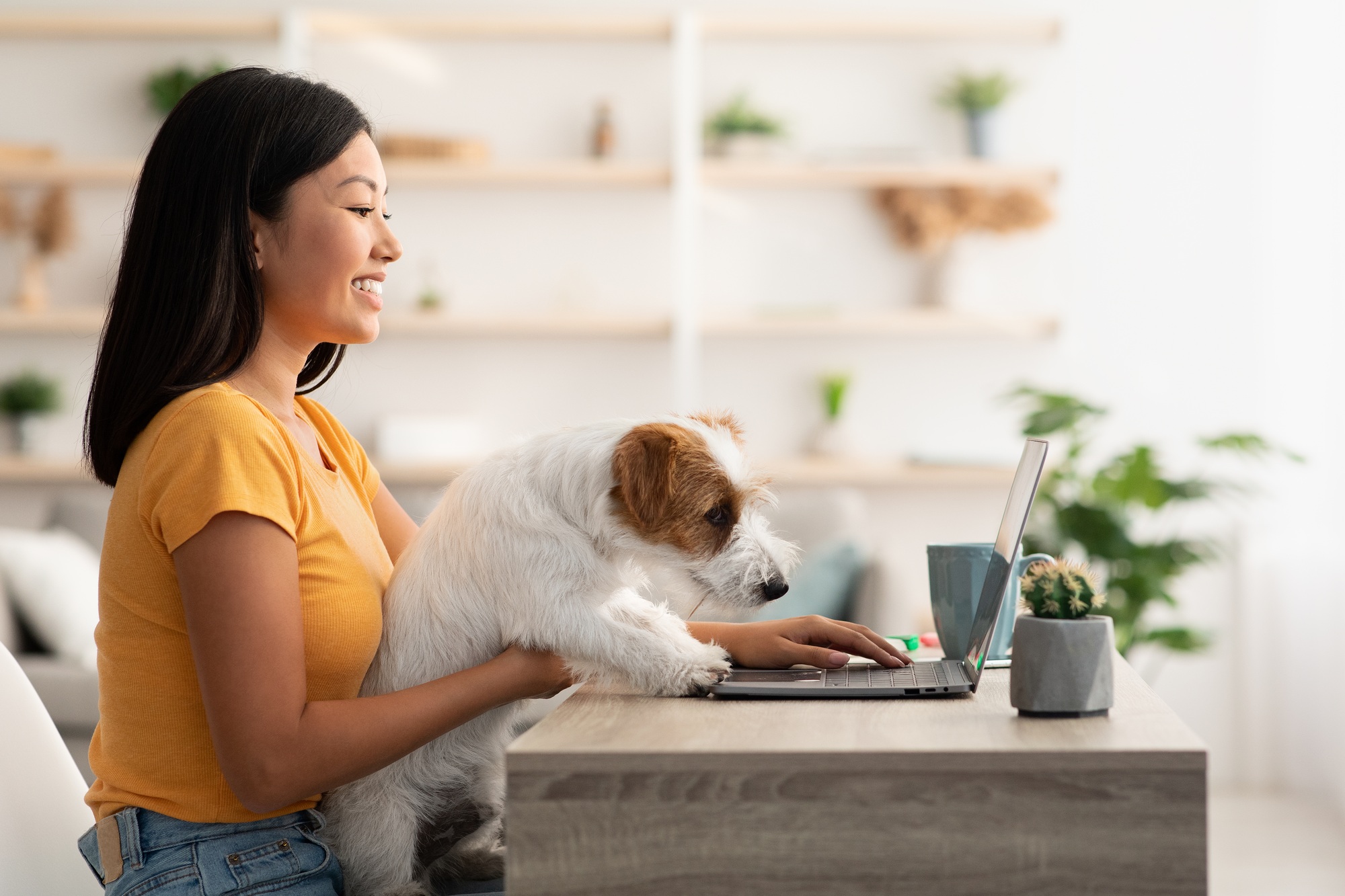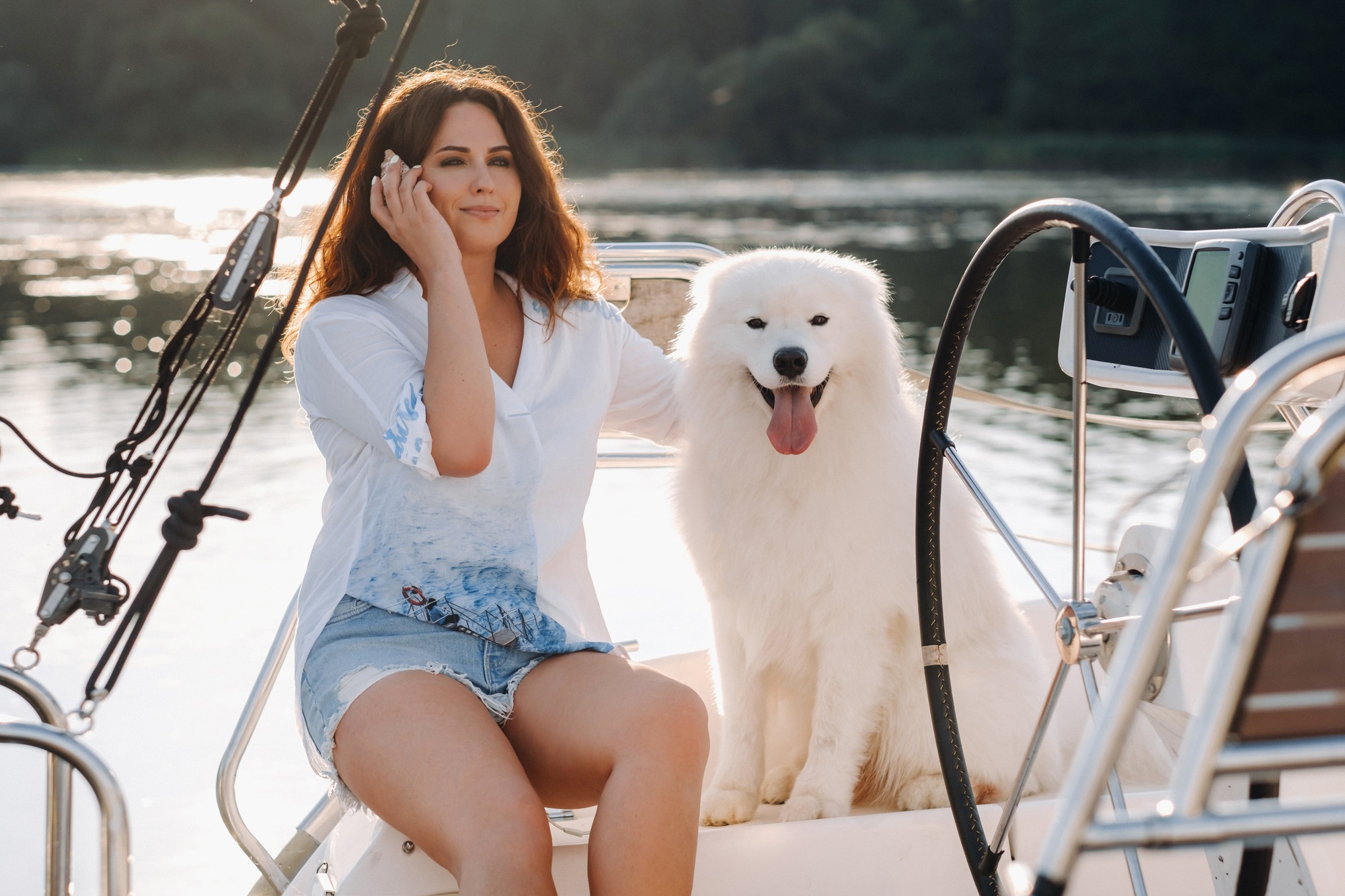
Whether you’re working from home or in a pet-friendly office, your dog may occasionally be a part of your workday andespecially during client calls. While it’s perfectly natural to want your furry friend by your side, it’s important to handle these situations with professionalism. The key is balancing your dog’s presence with maintaining a productive and respectful environment for your clients.
We’ll explore some etiquette and tips for handling client calls with your dog in the room. You’ll learn how to make the most of this situation while keeping things professional and enjoyable for everyone involved.
1. Set Boundaries for Your Dog During Client Calls
1.1 Create a Designated “Call Space”
One of the first steps in managing client calls with a dog in the room is creating a space where your dog can be comfortable but not distracting. If possible, set up a designated area in your home or office for your dog during the call. This could be a cozy corner with a dog bed, a crate, or a gated area where your dog feels safe but is not directly in the line of sight or earshot of the call.
Dogs can be unpredictable, especially during exciting or stressful moments. By giving them a quiet space, you reduce the risk of barking or becoming distracted by their movements. This helps you focus on the conversation and ensures that your client remains engaged and undistracted as well.
1.2 Train Your Dog for Quiet Time
Training your dog to be calm during calls is essential. While it’s unrealistic to expect complete silence, there are ways to encourage quiet behavior during client calls. Start by teaching your dog simple commands like “stay,” “quiet,” or “lie down,” especially when you’re in the middle of a conversation. Reward them with treats and praise when they remain calm.
If your dog tends to get agitated or bark when they’re left alone or during your call, consider using puzzle toys, chew treats, or calming music to keep them occupied. This will help ease their anxiety and keep them engaged in a healthy way, giving you the space you need to focus on the call.
2. Mute Your Mic When Not Speaking
2.1 The Importance of Muting Your Mic
One of the simplest ways to handle client calls while your dog is in the room is by muting your microphone when you’re not speaking. This is a common practice in remote work environments, especially when there are distractions in the background. Dogs are often unpredictable, and even the best-behaved pets can occasionally bark, whine, or make noise during a call.
By muting your mic, you prevent these noises from interrupting your client’s experience and keep the call focused on the conversation. This also shows professionalism and consideration for your client’s time, especially if they are in a quiet office environment themselves.
2.2 Use the “Push to Talk” Feature
If you’re using a video conferencing tool that offers a “push to talk” feature, this can be especially useful when managing a dog during client calls. With push to talk, your microphone will only be active when you press a button or key, giving you more control over when your dog’s noise will be heard.
This feature can be especially helpful in situations where your dog might get excited or bark unexpectedly. It allows you to focus on the conversation and mute yourself immediately if needed, rather than scrambling for the mute button on your screen.
3. Be Transparent with Clients About Your Pet
3.1 Sharing Your Dog’s Presence
In some cases, your client may be aware that you’re working from home or in a pet-friendly environment. If your dog happens to make an appearance during the call—whether by barking, walking into view, or making noise—it’s okay to acknowledge it casually. A brief apology or lighthearted comment like, “Sorry about that, my dog loves attention!” can help alleviate any tension if your dog does make noise during the call.
Being open about the situation can humanize you and make the interaction feel more personal. It shows your client that you’re managing a pet-friendly environment while still maintaining professionalism. It also provides an opportunity for your client to share their own experiences with pets, fostering a friendly, approachable conversation.
3.2 Respecting the Client’s Preferences
Some clients may have pets of their own and may even appreciate the occasional dog appearance on a call. Others, however, may prefer a quieter environment. If you know your client is not particularly fond of pets, it’s important to remain mindful and minimize distractions from your dog as much as possible. If your dog starts barking or getting too active, politely excuse yourself to calm them down before continuing the conversation.
It’s essential to maintain respect for the client’s preferences and work environment, ensuring that the call remains productive and professional.
4. Plan for Breaks and Attention
4.1 Scheduling Time for Your Dog
If you’re expecting a long client call or meeting, it’s a good idea to plan breaks for your dog beforehand. Take a short walk or give your dog a quick play session before the call starts. This will help to reduce any pent-up energy and ensure that your dog is calmer during the call.
By addressing your dog’s needs in advance, you can prevent interruptions and distractions during the meeting. Taking care of your dog’s physical and emotional needs will also improve your own focus and productivity, allowing you to engage fully in the client conversation without worrying about your dog’s behavior.
4.2 Consider Hiring a Dog Walker or Pet Sitter
For particularly important client calls or if you’re expecting a long meeting, hiring a dog walker or pet sitter to take care of your dog during the call can be an excellent option. This allows you to fully concentrate on the conversation without any distractions, and your dog will benefit from some extra attention and exercise during the break.
While this might be an added cost, it’s a worthwhile investment for situations where professionalism and focus are essential. It also reduces the stress of having to manage your dog’s needs while trying to meet your business responsibilities.
5. Ensure Your Environment is Pet-Friendly
5.1 Safe and Comfortable Space for Your Dog
The environment in which you’re taking the client call should be safe and comfortable for both you and your dog. Make sure that your dog has access to water, their bed, and any necessary supplies during the call. A calm environment will help your dog remain quiet and relaxed while you focus on the meeting.
Avoid leaving your dog in a confined or uncomfortable space for long periods. Dogs are social animals, and having them in a welcoming environment will help reduce anxiety and behavioral issues.
5.2 Soundproofing and Distraction Minimization
If you have a particularly vocal dog, consider soundproofing your office or work area, or use noise-canceling headphones during the call to minimize distractions. If the room is quiet enough, your dog’s barking or noises may not be as noticeable to your client. Additionally, this will help you stay focused on the call and engage fully in the conversation.
Conclusion
Handling client calls with a dog in the room can be done successfully with a little preparation and consideration. By setting boundaries for your dog, muting your mic when necessary, being transparent with clients, and scheduling breaks for your dog, you can ensure that the call remains professional and focused. Dogs can be wonderful companions, but it’s essential to balance their presence with the need to maintain a productive work environment. With these tips, you can enjoy a harmonious workday without compromising on client satisfaction.


